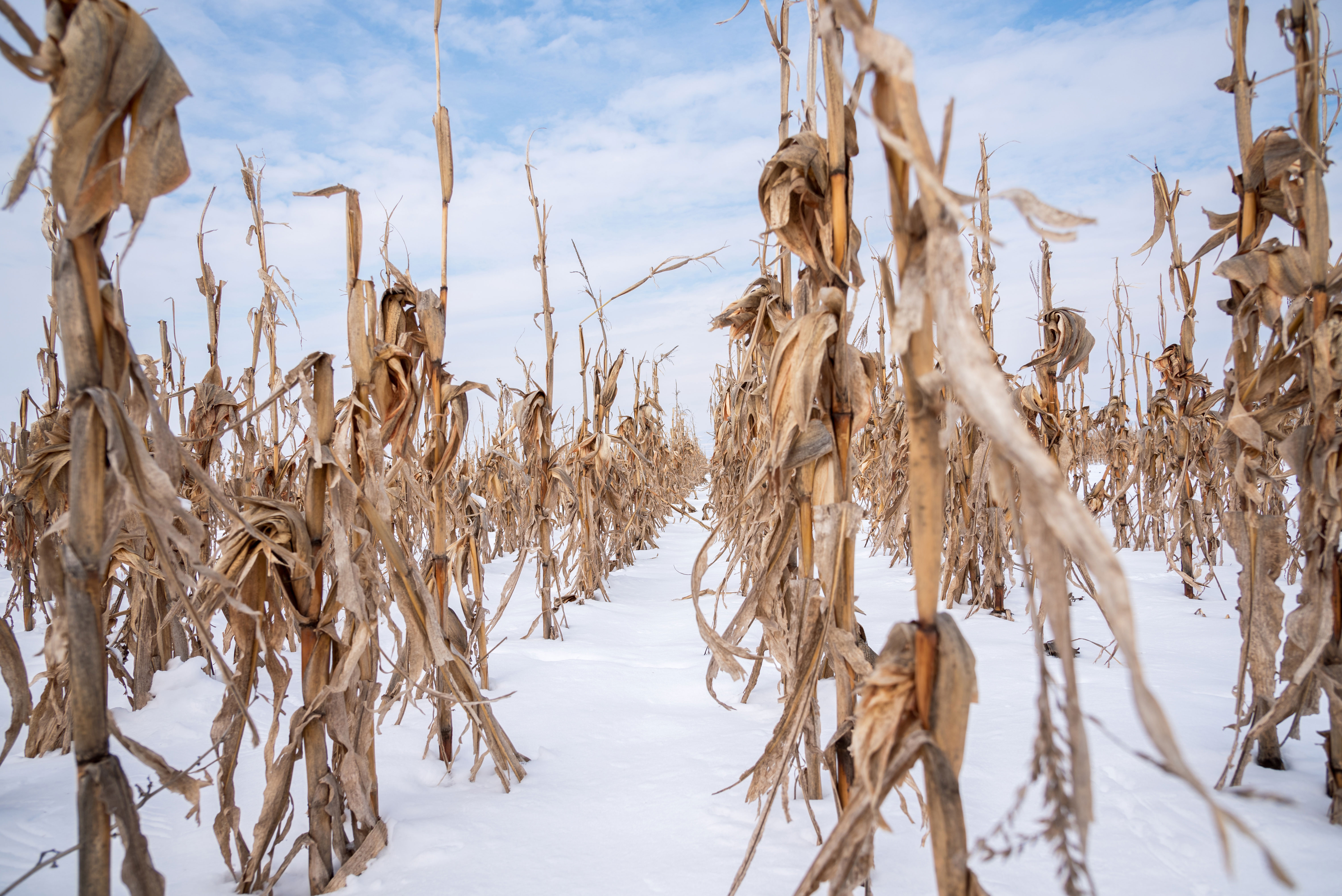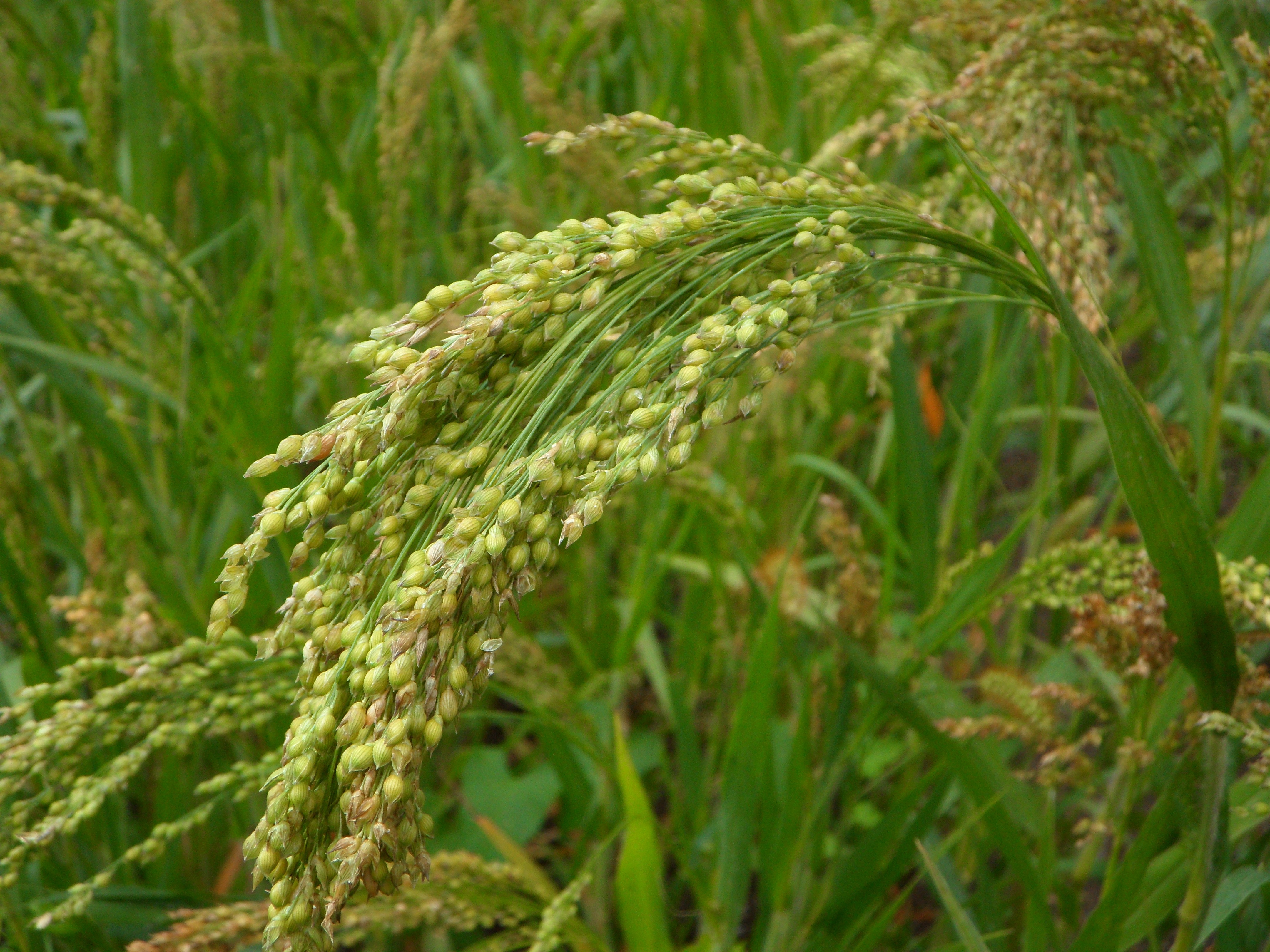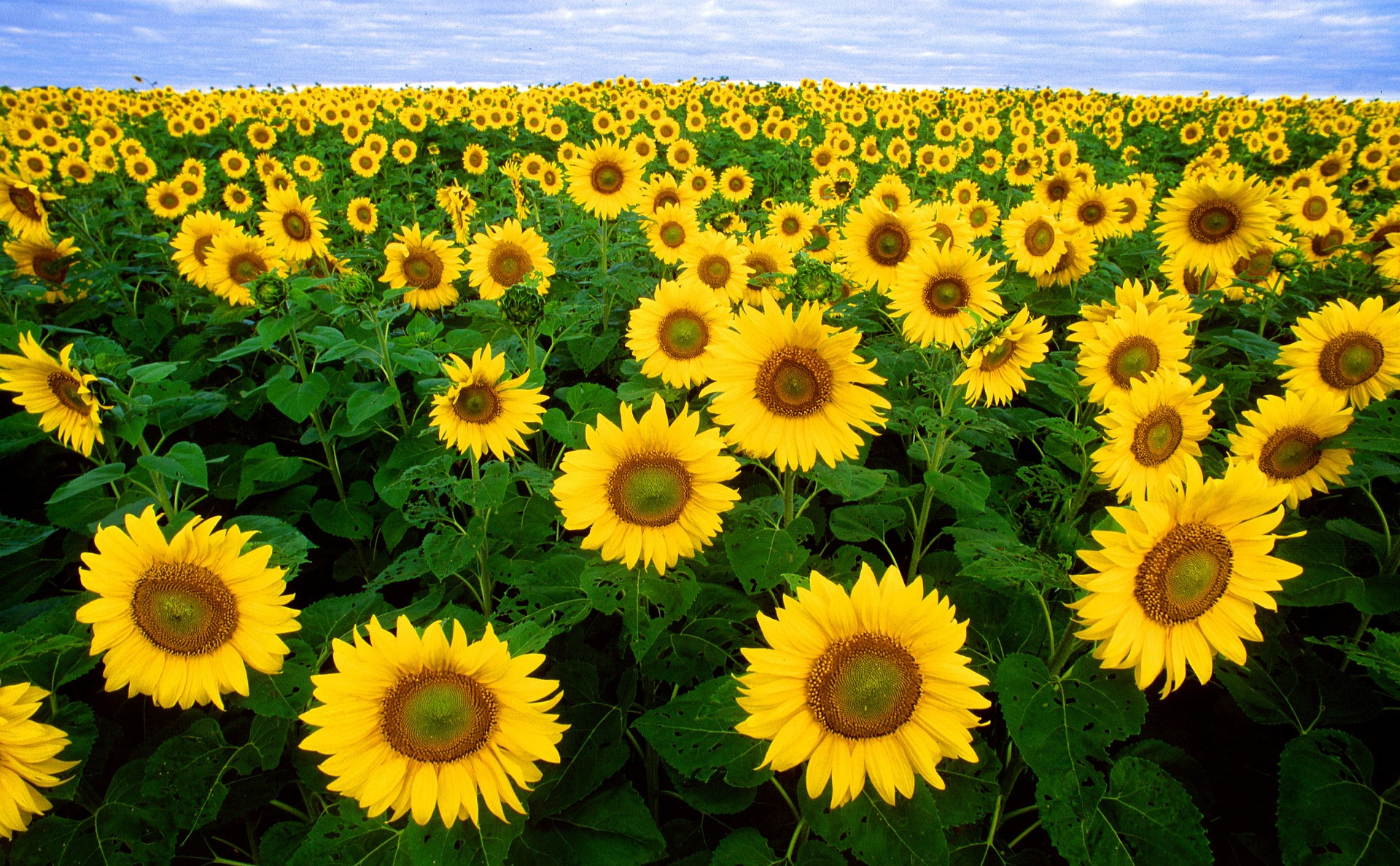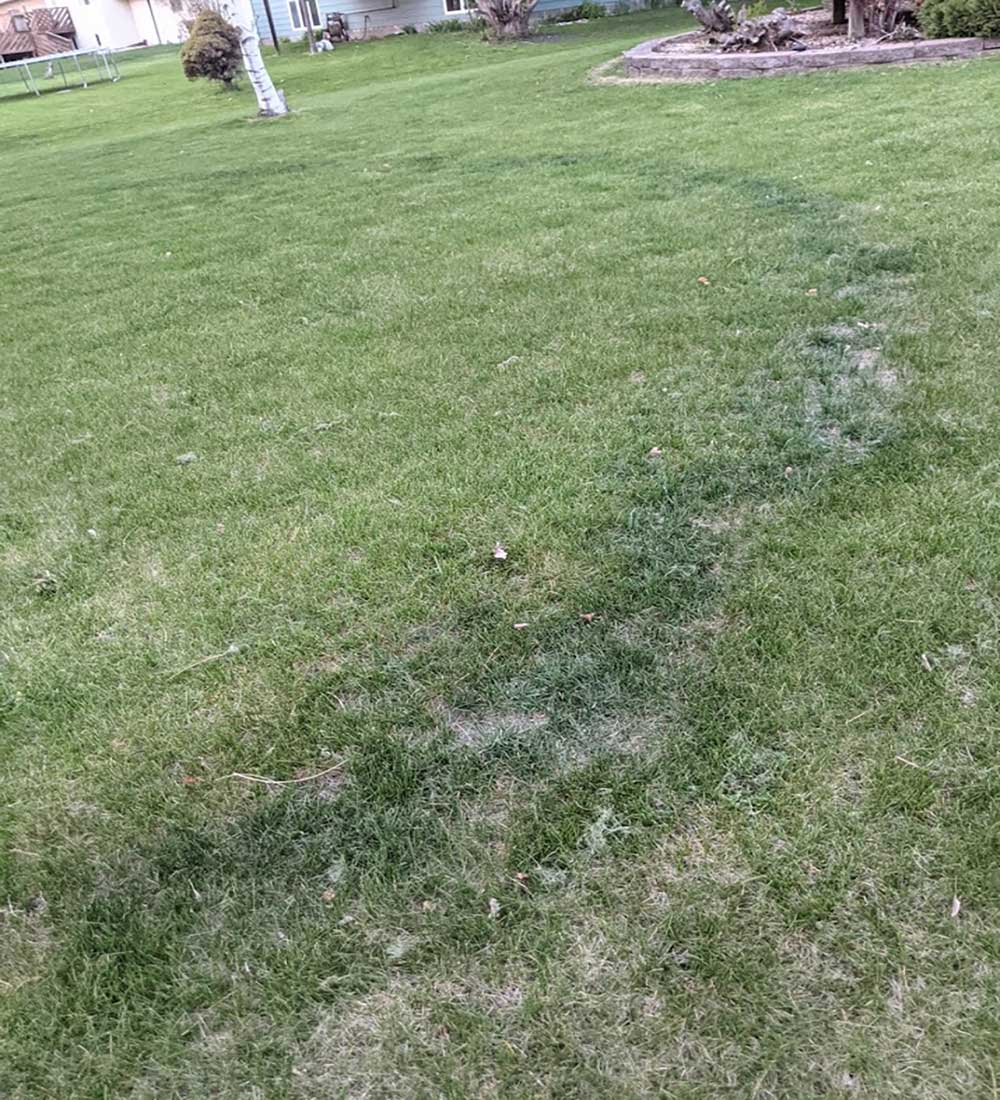Search

Farm Practices That Improve Soil Health: Integrated Crop-Livestock Systems
An integrated crop-livestock system can provide an alternative management strategy that benefits producer’s income, soil health, and the environment—all while increasing production.

Standing Corn Considerations
The January 2020 South Dakota Crop Progress Report indicated four percent of S.D. corn acres remain in the field. Given the record rainfall of 2019, current snow pack levels and the 3-to-6-month precipitation forecasts, farmers will likely be dealing with a wet spring in 2020, thus making the removal of those acres important but hard to accomplish.

Pre-Plant Disease Management Considerations
If the forecast holds true, it looks like it is going to be another year of excessive soil moisture and possible flooding come this spring. The increased level of soil moisture has implications with regards to plant stand establishment as well as root rot and nematode infestations.

Proso Millet Trial Results
In 2020, proso millet trials were conducted in 1 location in South Dakota.

2021 South Dakota Pest Management Guides Now Available
February 04, 2021
SDSU Extension has released the 2021 South Dakota Pest Management Guides.

Fairy Rings in Lawns
Seeing greener grass in circular pattern in your lawn? This is not due to uneven fertilizer application, but rather due to a fungi feeding on decomposing matter and releasing nitrogen in the affected areas.

Scout for Tan Spot in Winter Wheat
Tan spot was observed in a few winter wheat fields scouted recently. It is important to scout winter wheat for tan spot and other early diseases developing before deciding to apply an early-season fungicide tank mixed with herbicide.

2020 Plant Disease Summaries for Small Grains
A number of field trials were implemented in the 2020 growing season with the general objective of assessing various disease management practices suitable for South Dakota growers and the Great Plains.

Herbicide Residual Effects on Cover Crops after Wheat
Fact sheet about herbicide residual effect on cover crops after wheat.

Assessing Winter Wheat Stand In the Spring
Overwintering of winter wheat starts in the late fall and is completed during spring regrowth. Factors, such as genetics, amount of snow cover and winter temperatures, can all play a significant role in winter survival of wheat crops.